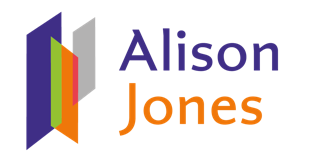 In an ideal world, I’d curl up with one brilliant business book after another and read every one slowly, carefully and thoughtfully.
In an ideal world, I’d curl up with one brilliant business book after another and read every one slowly, carefully and thoughtfully.
Maybe that’s how I’ll spend my retirement.
But for now, it’s only one book in a hundred or so that gets the full immersive treatment, I’m afraid.
The rest get my best ‘speedy read’, a technique I’ve refined over months of interviewing a different author every week for the Extraordinary Business Book Club podcast. It owes a lot to a brilliant piece by Peter Bregman in Harvard Business Review, ‘How to Read a Book a Week’– or more accurately to Bregman’s college professor Michael Jimenez, who taught him the difference between reading and understanding a non-fiction book.
Bregman taught me to start with the author: first read their biography to get a sense of their background and experience, which will help you put their book into perspective.
Publishers like me put a lot of time and energy into helping readers like you. We use titles that communicate what the book’s about and who it’s for, we create back cover copy and marketing blurbs that set out the key ideas, and highlight what’s different and distinctive about this author and this approach. So don’t simply dive into the book on page 1 – start with these useful summaries of the key ideas.
The table of contents is another vital tool for readers (and it’s key for writers too, as you’ll discover): it’s the map of the book, and you can use it not only to grasp the book’s scope and shape but to zoom in on the areas of particular interest to you.
It’s useful too to look at reviews of the book , particularly mid-ranking reviews, which tend to be more thoughtful and nuanced. What did people find particularly helpful, and where do they feel the book falls down?
(Note that so far you don’t even have to have bought the book: all of this information is freely available on Amazon on the book’s sales page and through the ‘look inside’ function.)
For some books, this might be enough for you to get a sense of whether it’s worth taking your reading any further. Assuming you decide to go ahead and buy the book, Bregman suggests that you read the Introduction, in which the author sets out the problem they’re addressing and their approach to it, and the Conclusion, which summarises their argument, and that you then skim the first and last paragraph of each chapter to see how it advances the argument – if it’s particularly interesting/relevant to you you can read it fully, of course.
